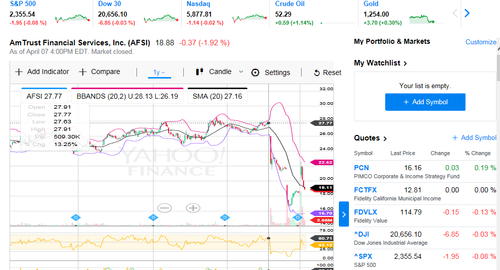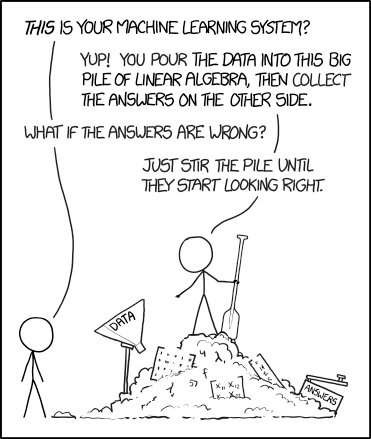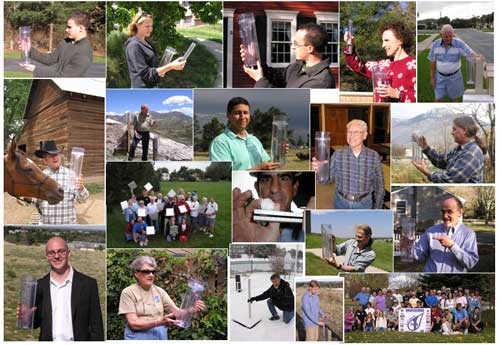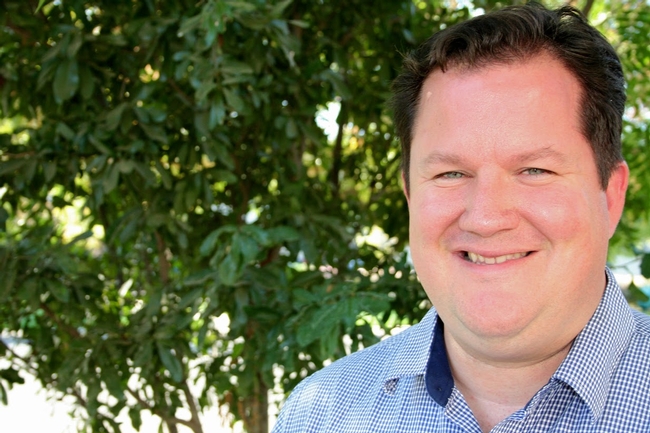
Posts Tagged: data
Data vs Skill: Advice from the Biggest Apparel Maker in Asia
Great article out of the ubiquitous Wall Street Journal transcribing an interview with Tadashi Yanai, the billionaire behind the speciality clothing manufacturer Fast Retailing Co., who also operates the more than 1,700 Uniqlo stores in Asia and not incidentally oversees tremendous sales over the Web as well. This guy is very successful and we can assume he has a good idea of what's up.
Why I am writing about clothing retailers on this on an ostensibly berry science oriented blog? Here's why. Mr. Yanai refers to the meaning of data, and what to do with it which as my readers know is a pretty big theme here. Data is not the end all for acquisition of knowledge; one actually needs to apply real insight, both from education and experience, to make it work.
Here's what this very successful businessman has to say about it:
"Data would never substitute the merchant. How do you interpret the data? That's the merchant's skill set. You need to uncover the insight that is buried in the data and the merchants need to uncover it. Even if you employ artificial intelligence to help you, the numbers [don't tell] the future."
There you have it. Guess what all, you can't farm from just a computer, you actually need to know the meaning of the numbers [and that takes hard work].
The Signal and the Noise: The Problem Facing Growers Struggling with Too Much Data
Pretty decent article here from the Capitol Press on how growers are struggling with how to make sense of the really large amounts of data so easily available to them in our increasingly technological age.
The fact of the matter is that reduced computing costs have created an enormous wave of information, and in a recent article in the Wall Street Journal written by Michael Milken and Igor Tulchinsky, caution us to buckle up because this already large tsunami of data "doubles in size every few years". The two authors, while conceding that this is a challenge, also recognize it as an opportunity.
As many are finding, the problem of understanding the meaning of lots and lots of data is deeper than just pressing the whole undifferentiated mass into Google and getting an actionable answer. I would suggest it is rather more a matter of sorting out the unimportant data from the important, and then having the mastery of that body of knowledge to which the data refer and only then be able put it all together to arrive at a good decision.
The book titled "The Signal and the Noise", written by statistician Nate Silver makes some progress on this issue. A lot of the data available to decision makers and prognosticators in a wide range of fields, from weather, to markets, to sports events, to elections, and yes to agriculture is not that useful, is not worth listening to and can be called noise, while those bits that are really useful, the signals, are where we should be spending our time and attention.
Complicating this however is the fact that it's very rarely just one signal that merits our attention, but rather it can be a multiple or even further an interaction of these signals which is most meaningful, and yet not all are as equally important. Take for the example the malnourished plant with a compromised root system. Is the malnourishment truly just the roots, or do we also face some deficiencies in the soil? What of the soil pH or CEC which might be impeding the transmission of these nutrients to the plant? The knowledgeable person is going to know what compromises a root system, what soil nutrient deficiencies look like, what a pH of x means to the whole shebang and weighs its value, pieces the important parts together, discards the rest and then makes the call on how to proceed.
In short, it is a deception to think that simply having access to ever greater amounts data effortlessly bestows upon one the ability to make better and more accurate decisions. Really it takes some accomplishment, experience and quite frankly a lot of hard work as an individual to sort out the signals from the noise, and further be able to put this concert of signals into a comprehensible whole.

What were the signals and what was the noise for investors to avoid this near 50% schmeissing on this insurance stock? A clue, the big signal isn't even here.

That about sums it up.
World hunger is not due to a lack of food
There is 20 percent more food available than needed to feed the whole world, reported Rachel Cernansky on FastCoexist.com. The USDA blames a data gap for the fact that some people go hungry.
Gabriel Youtsey, chief information officer for UC Agriculture and Natural Resources (UC ANR), also believes that if more data was available, consumer-facing apps, in addition to those that help farmers, researchers, industry, or government, would find it useful.
"[They] are interested in more ‘soil to shelf' transparency about how food is grown and produced and how sustainable it is," Youtsey said.
In recent years, app stores have provided an abundance of programs to connect food with people and farmers with information. One such app is "Giving Garden," which in July won the UC ANR "Apps for Ag Hackathon," held in conjunction with the California State Fair.
The hyper-local, produce-sharing app provides gardening advice from the UC Master Gardener Program and helps backyard gardeners connect with others who want to share their produce.
Giving Garden CEO Deema Tamimi said open regional-level data from USDA has been a helpful start, but the agency does not have data on specific microclimates.
"We've seen that there's a lot of people with plant species databases, but they have it under some type of license so you can't just scrape that data and use it," she said. "There's stuff out there, but it's about finding a good data set that's available, and that has no proprietary restriction on top of it."
To advance the open-data cause in agriculture, Youtsey said more public-private partnerships are needed that will help spur innovation and lead to local projects that can have more visible impacts.
"USDA data on data.gov is an excellent resource for apps, and it will be made all the richer once proprietary data stores are further opened up," he said. "It's hard for many to see the benefits of open data until hyper-local success stories start to emerge."
Volunteer weather observation helps scientists track storms
Sponsored in part by the National Oceanic and Atmospheric Administration (NOAA) and the National Science Foundation (NSF), the Community Collaborative Rain, Hail and Snow Network (CoCoRaHS) is a grassroots volunteer network of backyard weather observers.
With a presence in every state in the country, volunteers from all backgrounds work together to measure and map precipitation (rain, hail and snow) in their local communities. The data is used to help scientists across the country measure and track this very important and highly variable part of the climate system. By having thousands of volunteers nationwide providing precipitation data, scientists can track each storm system as it passes across the country and see how precipitation systems vary geographically, seasonally and inter-annually.
Many additional volunteers are needed to provide data for this long-term effort. CoCoRaHS provides training, education and an interactive website to which data is uploaded. It takes about five minutes a day to observe and upload data.
Volunteers can participate as much or as little as they wish. Individuals, groups and schools are welcome to participate. Currently volunteers range from kindergarteners to people in their 90s.
In addition to data collection, CoCoRaHS has many other opportunities for volunteers to become involved in this exciting project – locally, statewide and nationally.
To learn more or to sign up, please visit the CoCoRaHS website.
For additional questions, contact Nolan Doesken at the State Climatologist Colorado Climate Center, Department of Atmospheric Science, Colorado State University Fort Collins, CO 80523. He can be reached by email at nolan@atmos.colostate.edu or by phone 970.491.3690.



